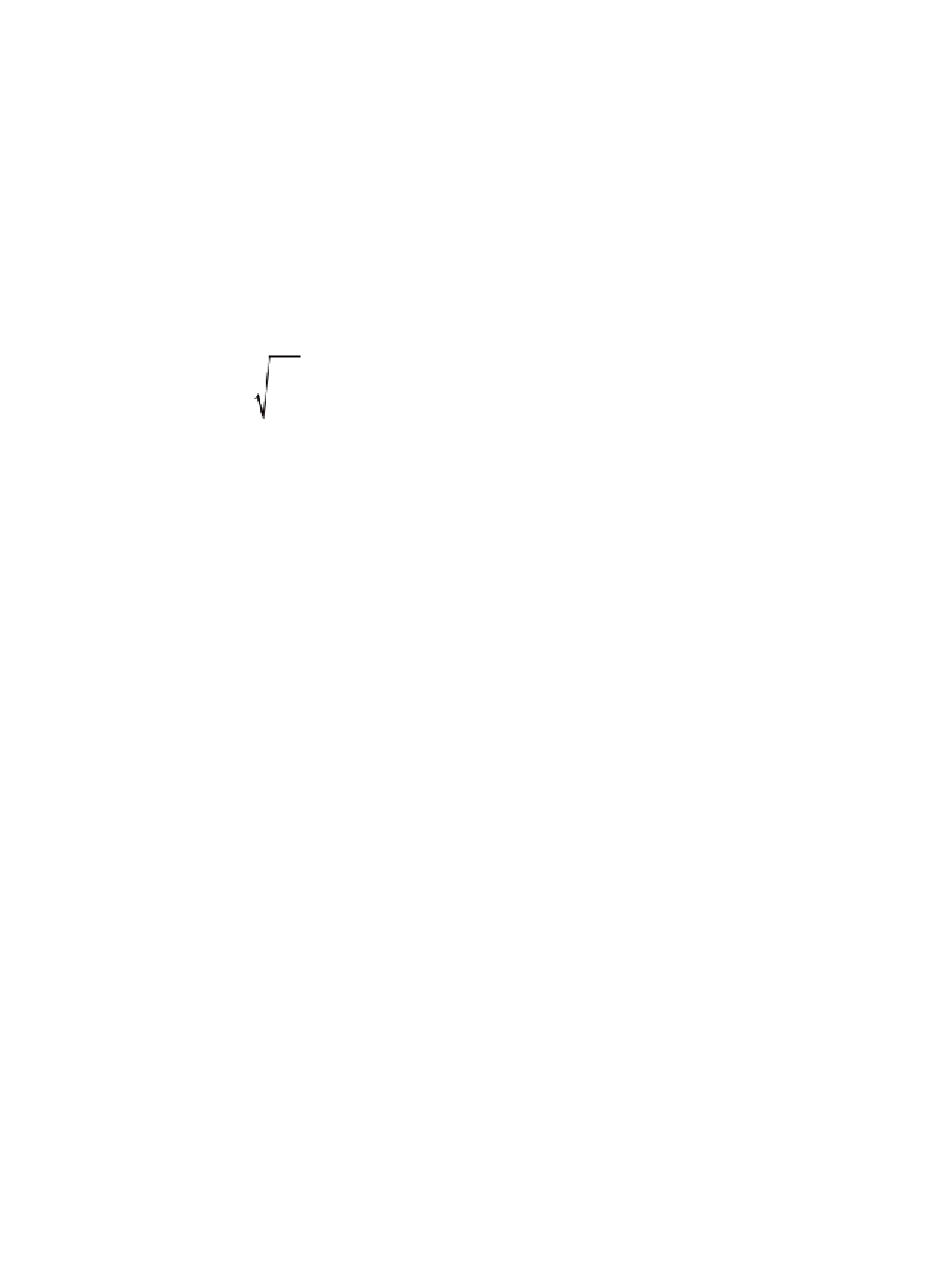Civil Engineering Reference
In-Depth Information
(
)
D
+
L
+
W
+
surcharge if any
A
f
=
q
a
The following equations for P
u
usually govern (for live load
≤
100 lb/ft
2
):
P
u
= 1.2D + 1.6L + 0.5L
r
ACI Eq. (9-2)
P
u
= 1.2D + 1.6L
r
+ 0.5L
ACI Eq. (9-3)
P
u
= 1.2D ± 1.6W + 0.5L + 0.5L
r
ACI Eq. (9-4)
(2)Determine required footing thickness h from one-step thickness equation:
h = d + 4 in.
*
P
u
h
=
2.2c
A
f
+
4in.
≥
10in.
where P
u
= factored column load, kips
A
f
= base area of footing, sq ft
c = greatest distance from face of column to edge of footing, ft
**
h = overall thickness of footing, in.
(3) Determine minimum d for wide-beam shear and two-way shear from Figs. 7-3 and 7-4, respectively. Use the
larger d obtained from the two figures, and compare it to the one obtained in step (2). In general, the value of d
determined in step (2) will govern. Note that it is permissible to treat circular columns as square columns with
the same cross-sectional area (ACI 15.3).
(4) Determine reinforcement:
A
s
= 0.0018 bh
A
s
per foot width of footing:
A
s
= 0.022h (in.
2
/ft)
Select bar size and spacing from Table 3-6. Note that the maximum bar spacing is 18 in. (ACI 7.6.5). Also, the
provisions in ACI 10.6.4, which cover the maximum bar spacing for crack control, do not apply to footings.
The size and spacing of the reinforcement must be chosen so that the bars can become fully developed. The
bars must extend at least a distance
d
from each face of the column, where
d
is the tension development length
of the bars (ACI 15.6). In every situation, the following conditions must be satisfied (see Fig. 7-5):
L > 2
d
+ c
1
+ 6 in.
where L is the width of the footing and c
1
is the width of the column.
*
3 in. cover (ACI 7.7.1) + 1 bar diameter (
1 in.) = 4 in.
**
For circular columns, c = distance from the face of an imaginary square column with the same area (ACI 15.3) to edge of footing.





Search WWH ::

Custom Search